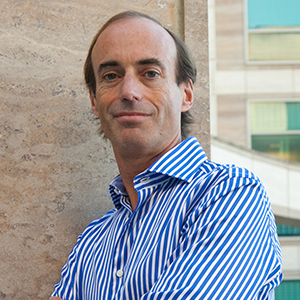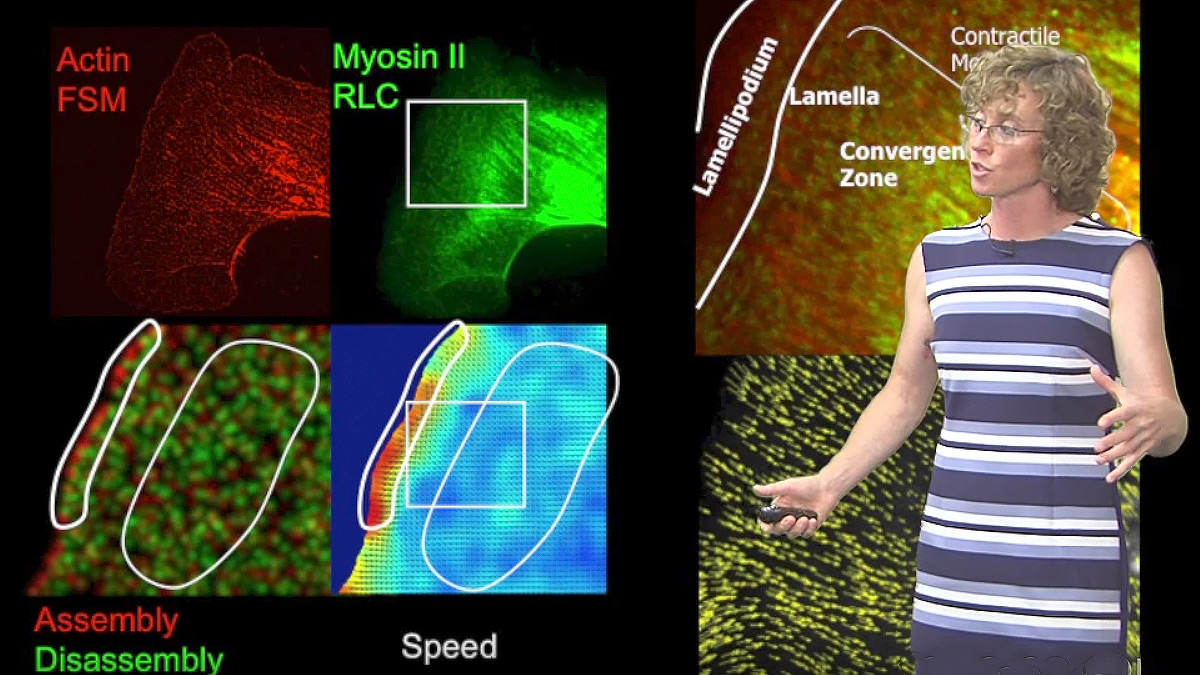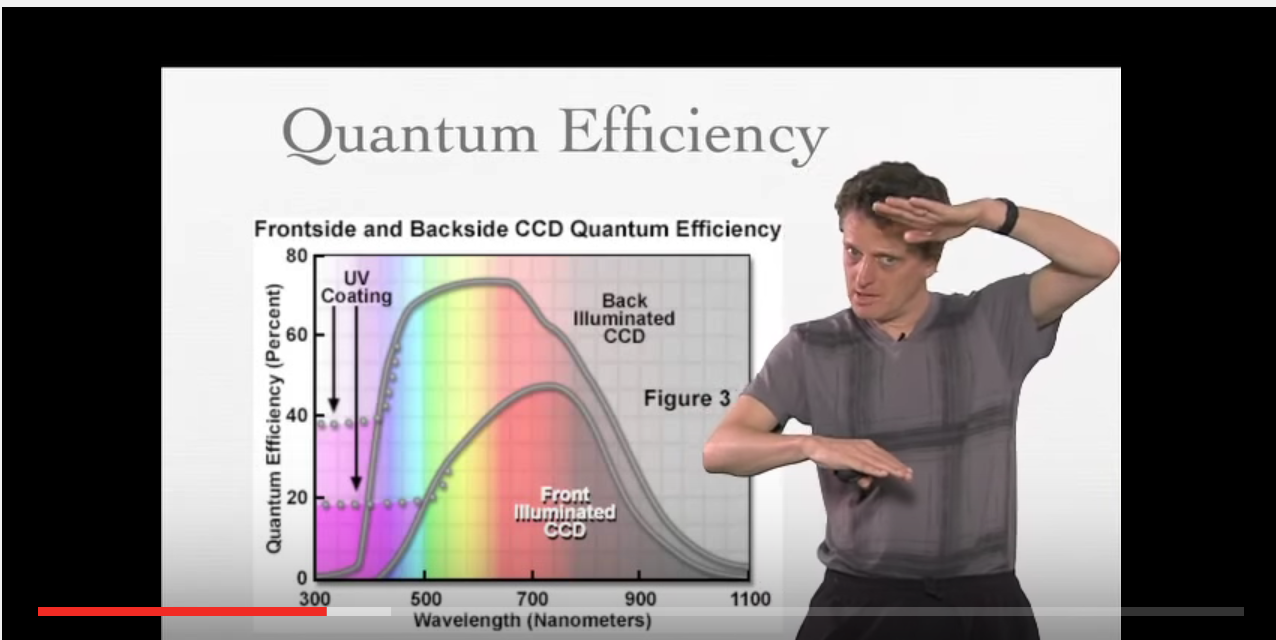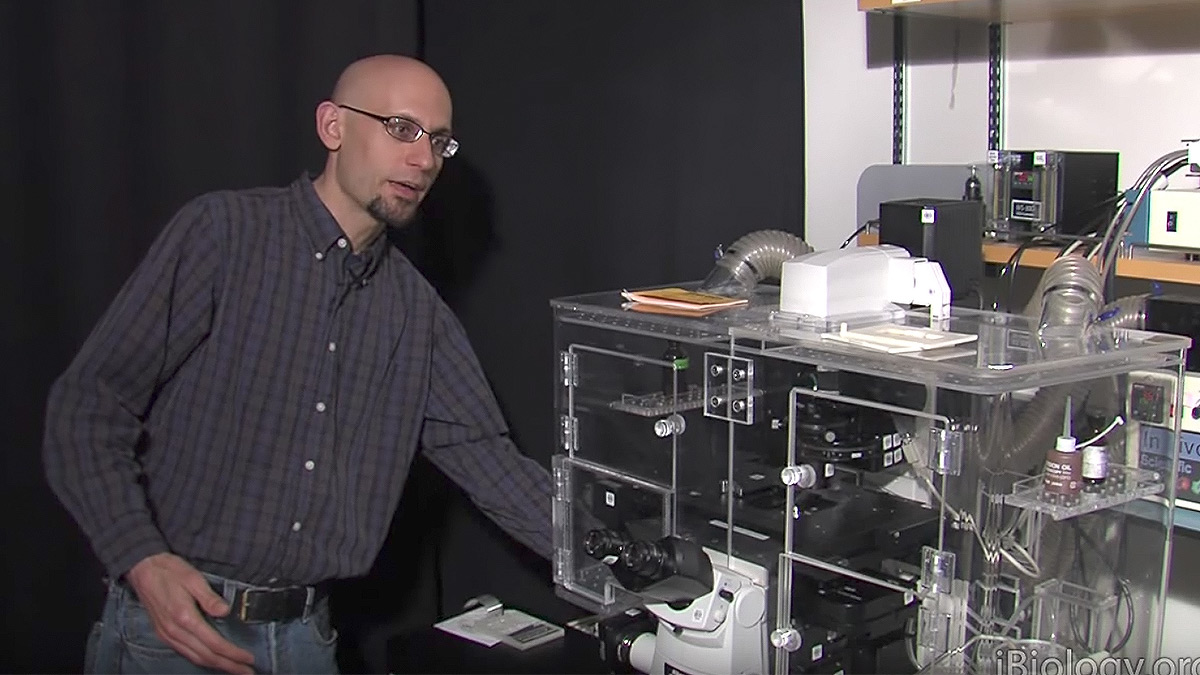Talk Overview
Ron Vale illustrates how illumination of a specimen can cause photobleaching and protein damage and gives us a tip about minimizing damage from fluorescence. Ways to minimize such problems include strategies for minimizing light exposure and removing molecular oxygen from in vitro reactions.
Speaker Bio
Ron Vale

Professor of the Department of Cellular and Molecular Pharmacology; Investigator in the Howard Hughes Medical Institute
University of California, San Francisco Continue Reading








Leave a Reply